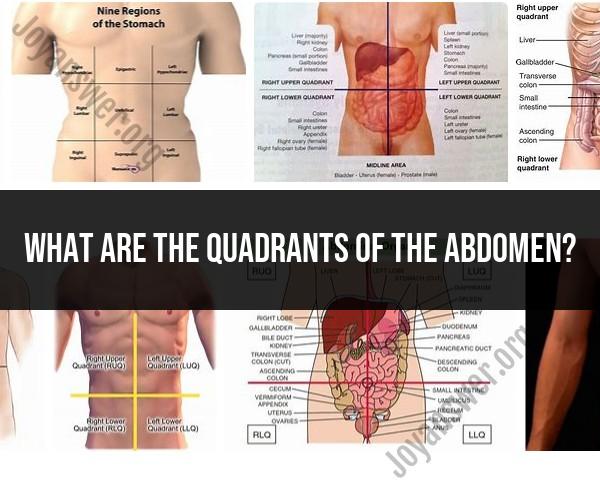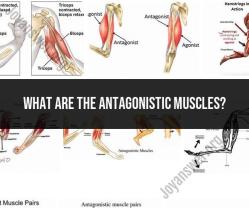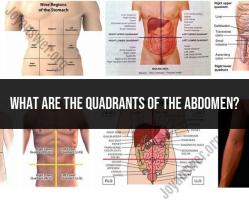What are the quadrants of the abdomen?
The abdomen is commonly divided into four quadrants, which are used as anatomical reference points for describing the location of organs, pain, or abnormalities. These quadrants are typically defined by two imaginary lines that intersect at the navel (umbilicus), creating four equal-sized sections. The two lines that form these quadrants are:
Midclavicular Line: An imaginary vertical line that runs through the midpoint of the clavicle (collarbone) on each side of the body.
Transumbilical Line: An imaginary horizontal line that crosses the body at the level of the navel (umbilicus).
The four abdominal quadrants created by the intersection of these lines are as follows:
Right Upper Quadrant (RUQ): This quadrant is located in the upper right-hand side of the abdomen. It is bounded by the midclavicular line on the right and the transumbilical line. Some of the organs found in the RUQ include the liver, gallbladder, and a portion of the small intestine.
Left Upper Quadrant (LUQ): The LUQ is situated in the upper left-hand side of the abdomen. It is defined by the midclavicular line on the left and the transumbilical line. Organs in the LUQ include the stomach, spleen, and a portion of the small intestine.
Right Lower Quadrant (RLQ): The RLQ is located in the lower right-hand side of the abdomen, bordered by the midclavicular line on the right and the transumbilical line. Organs in the RLQ include the appendix, cecum, and a portion of the small intestine.
Left Lower Quadrant (LLQ): This quadrant is situated in the lower left-hand side of the abdomen, defined by the midclavicular line on the left and the transumbilical line. Organs in the LLQ include a portion of the small intestine, the left ureter, and the sigmoid colon.
The division of the abdomen into these quadrants is useful for medical professionals in diagnosing and describing the location of pain, discomfort, or abnormalities in the abdominal region. It provides a standardized way to communicate about the anatomical location of various structures and conditions within the abdomen. However, it's important to note that while this quadrant system is a helpful reference, the exact location of organs and structures can vary slightly from person to person, so clinical evaluation should consider individual variations.





